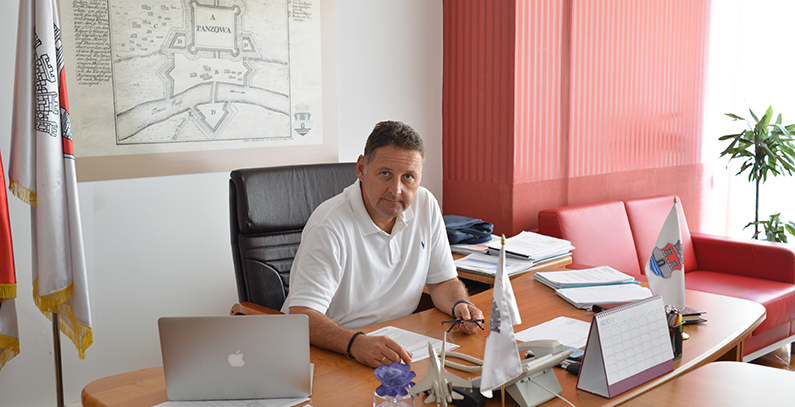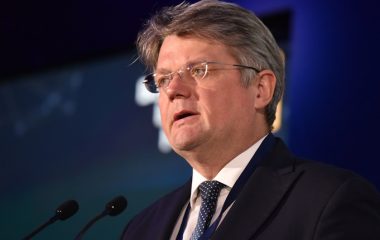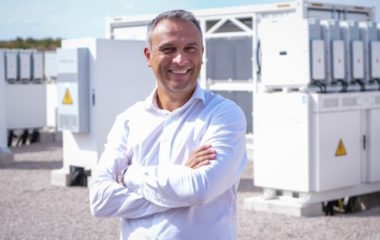
Photo: BGEN
Arranging projects to strengthen energy efficiency includes calculating anticipated costs and comparing the cost-effectiveness of investor involvement, drawing loans and securing funds from the budget, Mayor of the City of Pančevo Saša Pavlov has said.
In an interview for the Improving Energy Efficiency through Public-Private Partnership Model publication, he announced that the city government has decided to explore possibilities for redesigning the city’s lighting system as well as the district heat generation and distribution.
What has been done in Pančevo to improve energy efficiency?
So far, the city has cooperated with the private sector to carry out energy retrofits of public buildings, efficiency improvement of the district heating system, and pilot projects for public lighting, using the traditional model, through public tendering and grants. The City of Pančevo is preparing to implement several projects in accordance with the Law on Public-Private Partnership (PPP) and Concessions. These primarily refer to projects to diversify and substitute heating sources, by switching at least partially to renewable energy sources, as well as to further prevent energy losses by renovating public buildings and implementing street lighting and street lamp replacement projects using LED technology. This will reduce electricity consumption and maintenance costs, which are significant a significant item of the city’s expenditures.
Is there any interest or concrete plans for PPPs?
We plan to prepare project proposals in 2017 and forward them to the Government Commission for PPP and the City Assembly of Pančevo before the announcement of the public invitation for the selection of a private partner. One is a project to finance, design, build and maintain more efficient district heating plants, with a focus on renewable energy sources, including systems management. It will most likely include the energy recovery of selected facilities, which would result in heat energy savings. Additionally, a project to finance, install and maintain the public lighting control system would result in replacing the existing inefficient and polluting mercury and sodium lamps with LED lighting, in what would create significant savings.
When you are looking into project financing, is the PPP model more cost-effective than loans or other options?
The feasibility of each public-private partnership is evaluated while preparing a project proposal, which among other things contains a cost-benefit analysis and the public sector cost comparison using the methodology of the Commission for PPP (value for money). It evaluates the proposed model in relation to traditional budget and loan financing. It can result in own financing and suitable loans being more cost-effective, especially when there is strong experience of local governments, verified and accessible technology, minor risks associated with the project and predictability of its results. This, for example, refers to the parking and charging services and sometimes lighting and maintenance of public and green areas. But each individual plan and investment needs to be considered separately.
Are you satisfied with government incentives for local governments?
So far, cooperation and support have been excellent, and everything that the government and relevant ministries are doing is geared towards creating a transparent system and environment for potential investors and the private sector, while at the same time adjusting this system to the interests of the public sector, which should never be jeopardized and put aside.
What is necessary to make the PPP model more used for improving energy efficiency in local municipalities in Serbia?
The public-private partnership system is still a new model, bearing in mind that the mentioned law has only been in force since 2012, while the Law on the Efficient Use of Energy has been in force since 2013. I am confident that there will be further improvement of the legal and institutional framework, as well as further development and stabilization of the market for energy efficiency services. Taking this into account, it is very important that all activities and projects be structured in a proper way, especially in light of the fact that these partnerships need to last on a healthy basis for a period of at least five years and for a maximum of 50 years. At least this is envisaged under the Law on PPP and Concessions.


















Be the first one to comment on this article.